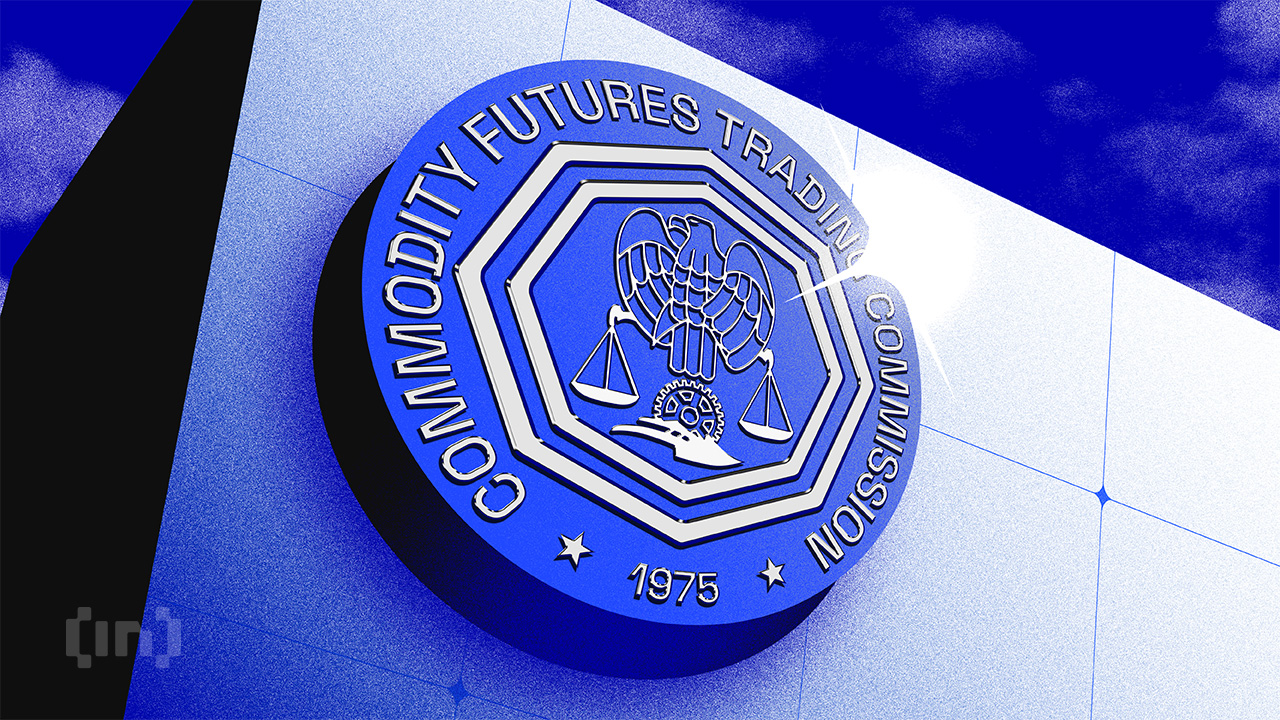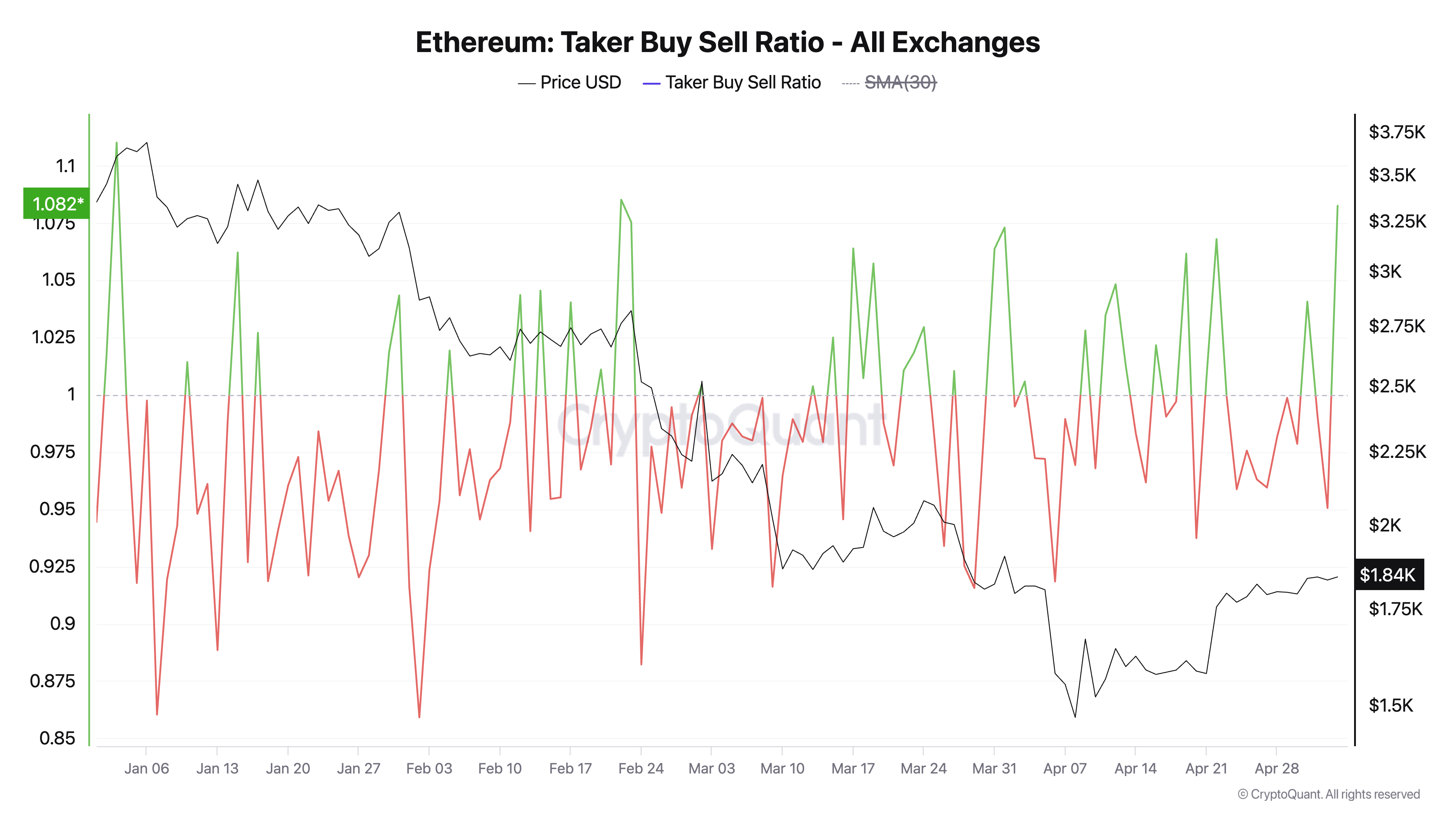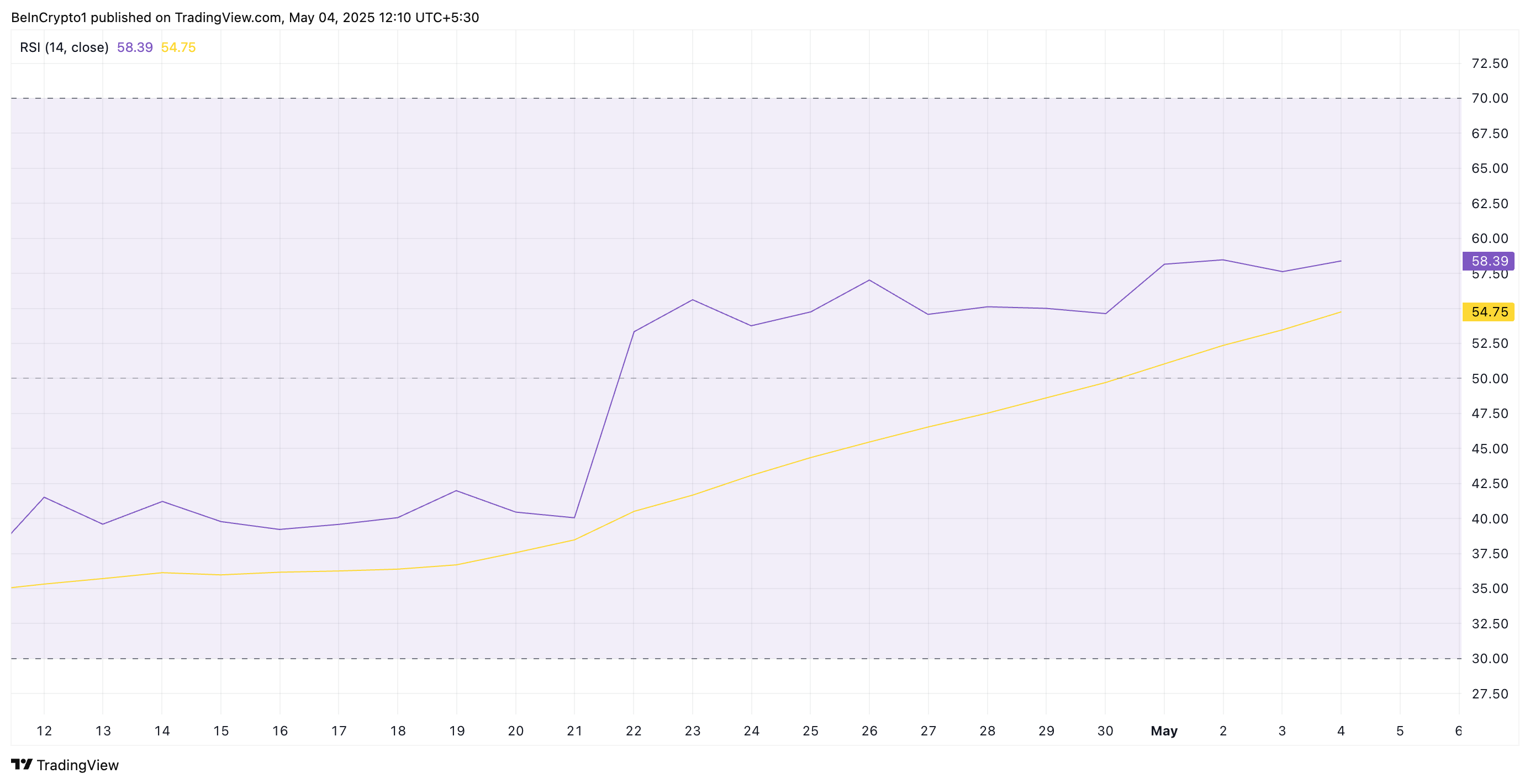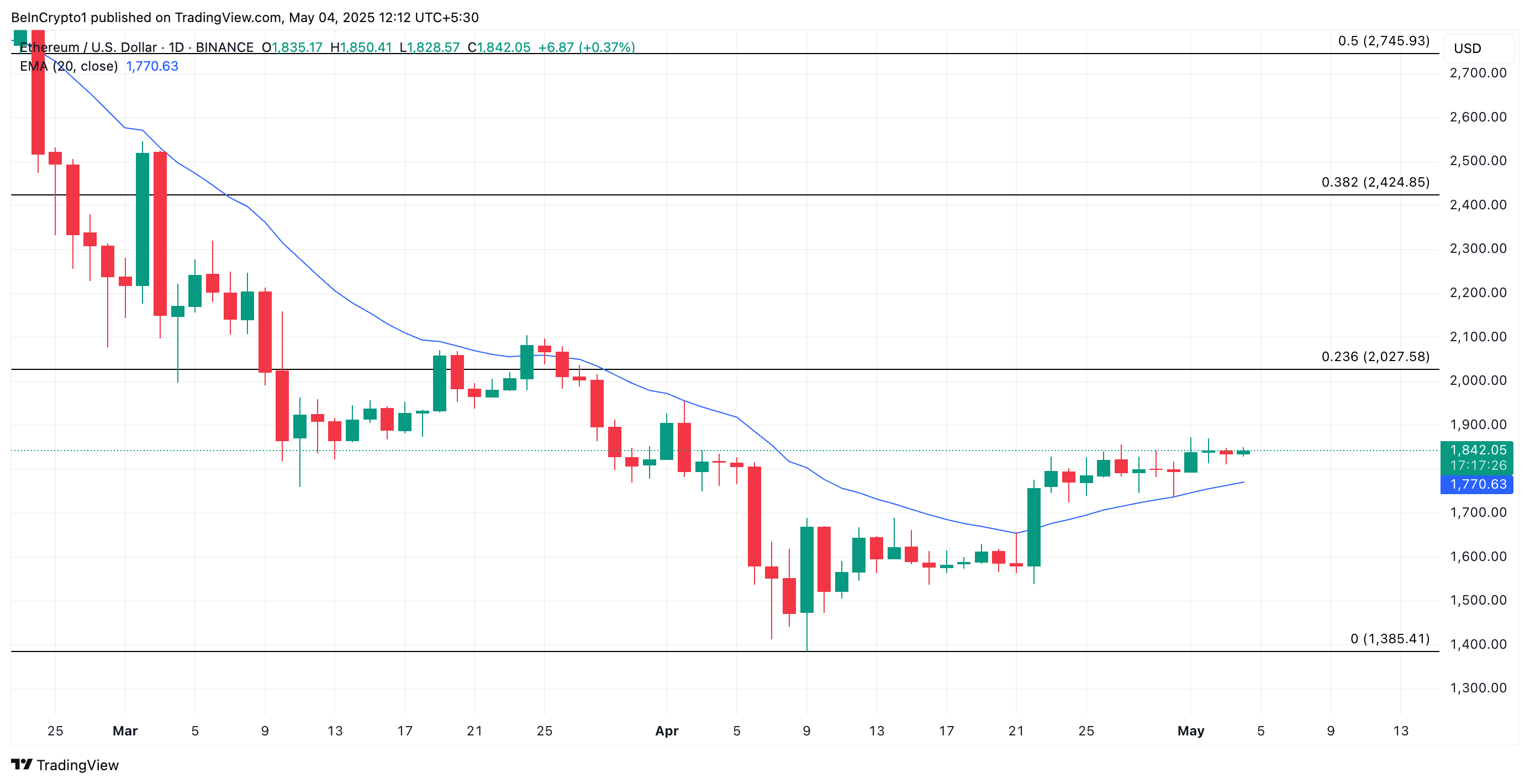Summer Mersinger, a pro-crypto Commissioner at the CFTC, will resign on May 30 to become the Blockchain Association’s next CEO. With her absence, the Commission will soon be reduced to three members.
President Trump has already appointed Brian Quintenz as the CFTC’s next Chair. However, his confirmation could take months, and another Commissioner will resign as soon as he gets in. Thus, the CFTC may be understaffed for many months.
The CFTC is Losing Commissioners
The Blockchain Association is an important political advocate for pro-crypto regulation in the US, funding court battles, creating industry connections, and warning of potential threats to the sector.
Today, it announced that Summer Mersinger, one of the CFTC’s five Commissioners, will resign and become its next CEO:
To be fair, Mersinger could do a huge amount of good in this outside advocacy role. The Blockchain Association discussed her enthusiasm for crypto and thorough knowledge of the federal regulatory apparatus, both of which will be powerful assets.
However, between Mersinger and an existing vacancy, the CFTC will soon be short two of its five Commissioners.
Additionally, of the Commission’s current members, Mersinger’s term expires further in the future than any of her colleagues. Acting Chair Caroline Pham, another crypto advocate, won’t reach this limit until 2027, but the other two CFTC Commissioners are technically past their expiration date already.
CFTC is Becoming a ‘Ghost Town’
All this is to say, one of the US’s most important crypto regulators could be severely understaffed soon. To be clear, President Trump has already nominated one replacement, Brian Quintenz.
If Quintenz passes the Senate confirmation process, he’ll become the CFTC’s next Chair. However, this might take a long time.
The approval process for SEC Chair Paul Atkins took months, and the timeline was unclear. Confirmation hearings didn’t happen until April, and it took weeks for him to be sworn in.
Quintenz’ own confirmation process could potentially last into the summer. So far, no hearings, votes, or procedural updates of any kind have been officially scheduled yet.
Furthermore, after Quintenz becomes Chair, the CFTC will need to replace yet another Commissioner. Christy Goldsmith Romero, a crypto-neutral Commissioner whose term already expired, has vowed to resign as soon as Quintenz gets in.
Currently, there don’t seem to be any credible rumors about who will replace her, and the process has not started.
At this rate, the Commission could be severely understaffed for most of 2025. Confirming one new commissioner could take months, and the CFTC will have to start the process over again immediately after that.
To be fair, this isn’t necessarily negative. The Commission will have one pro-crypto Chair and two neutral voices, followed by two pro-crypto members and one neutral Commissioner.
Nonetheless, understaffing is almost certainly going to be a persistent problem. It could negatively impact the CFTC’s ability to enact friendly regulation.
The post CFTC Loses Another Pro-Crypto Commissioner Amid Understaffing Concerns appeared first on BeInCrypto.








